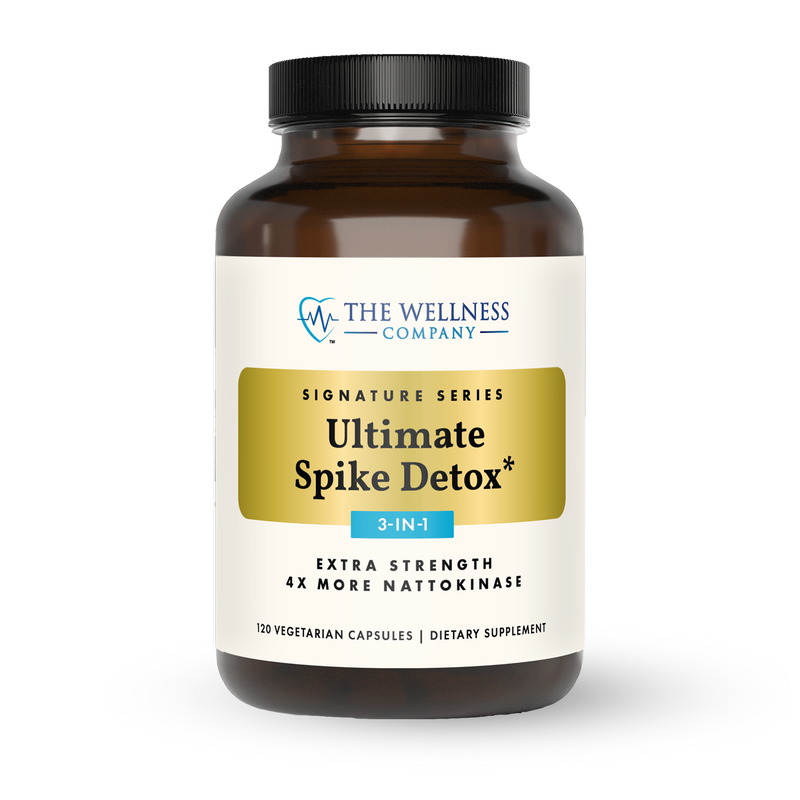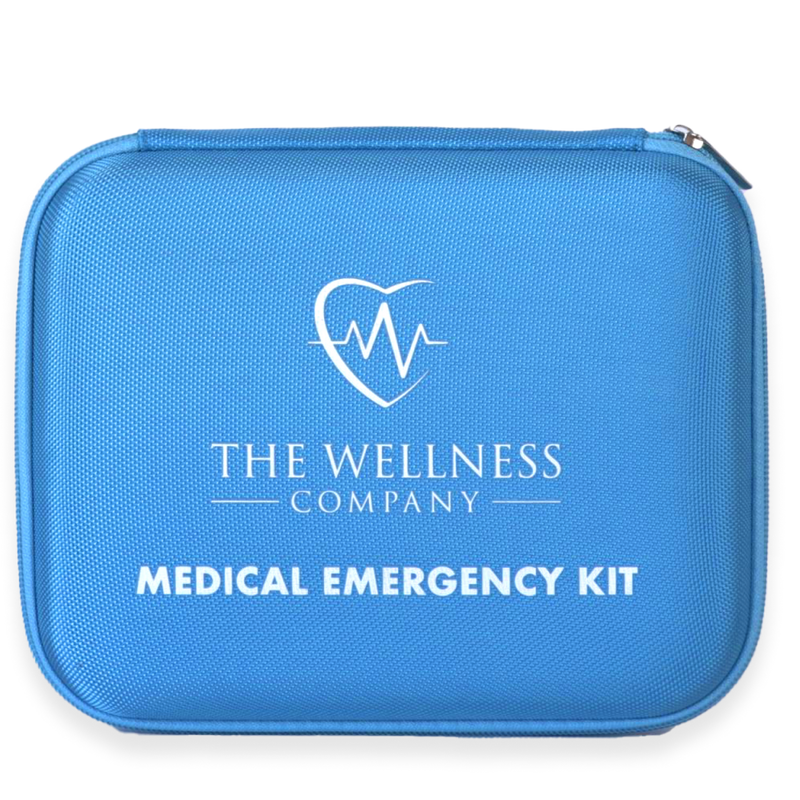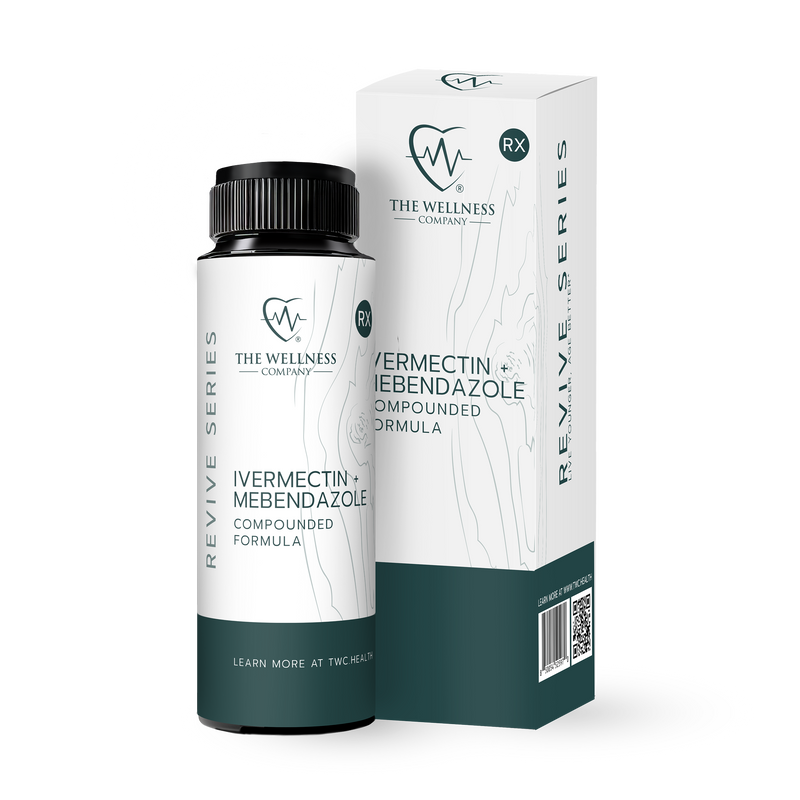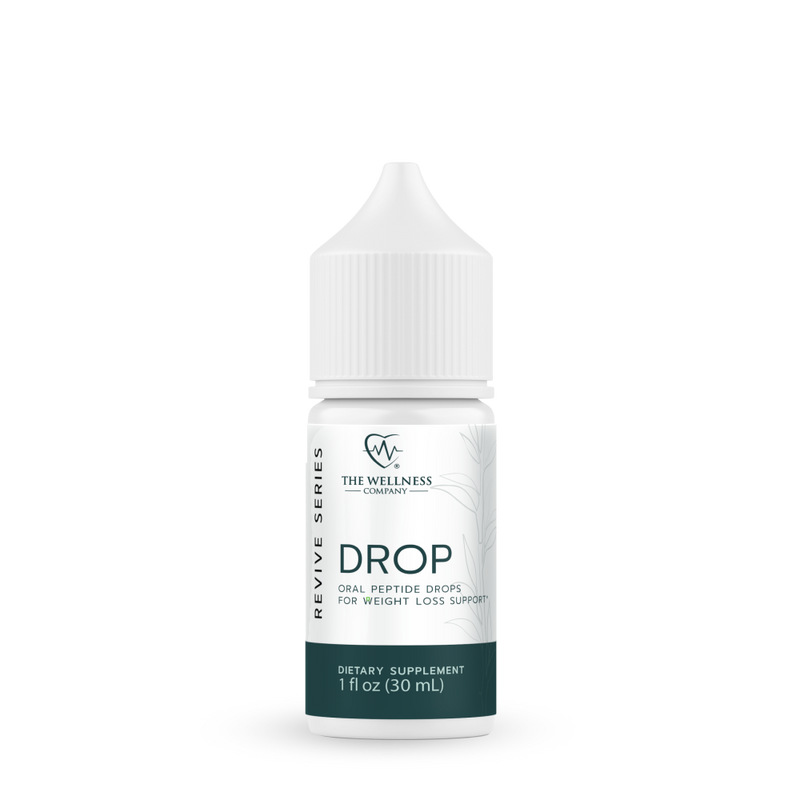From Textile Dye to Mitochondrial Booster
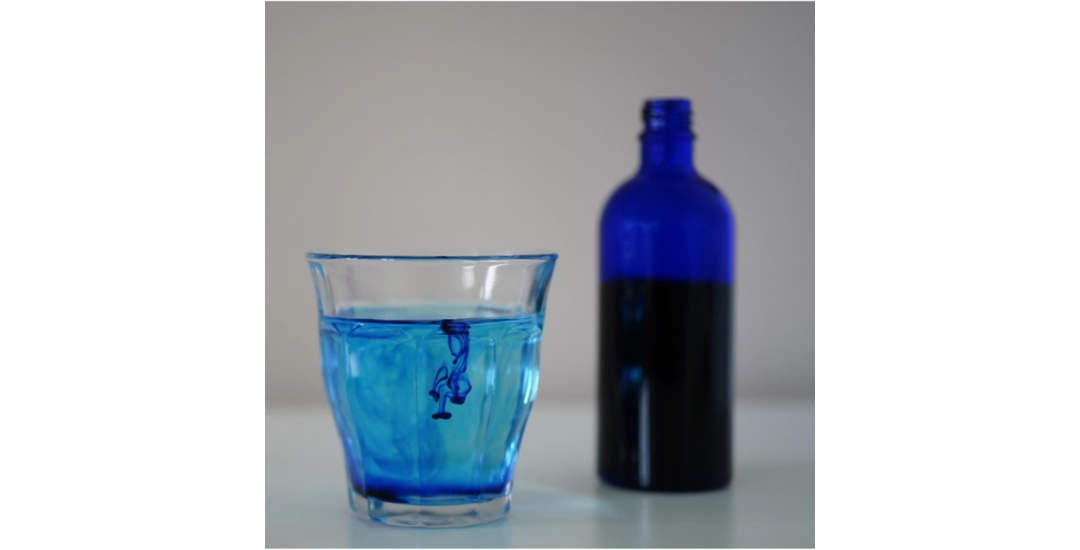
The Amazing Properties of Methylene Blue
First used in the 1800s as a textile dye, visionary physician Paul Ehrlich discovered methylene blue’s antimicrobial properties against malaria—making this the first synthetic drug in modern medicine.(1) Today, this century-old compound is FDA-approved for methemoglobinemia (a condition in which the blood can’t carry oxygen properly) but has garnered renewed interest for its off-label applications, particularly in enhancing mitochondrial function, combating neurodegenerative diseases, and as adjunct treatment of long COVID.(3,4)
How methylene blue works and its “off-label” uses:
- Energy Backup: Methylene blue acts like a "backup generator" for your cells’ energy factories (mitochondria). When part of the energy production line (specifically "Complex I") breaks down—due to toxins, disease, or aging—methylene blue moves electrons directly to later stages of the energy-making process, allowing cells to keep producing energy (ATP) even when parts of the system are damaged.(2)
- Oxidative Stress Reduction: It acts like a molecular sponge, soaking up harmful molecules called reactive oxygen species (ROS) that damage cells. By neutralizing these destructive molecules, it reduces oxidative stress—a key contributor to aging and diseases like Alzheimer’s. It also blocks caspase-6, an enzyme that drives brain inflammation and kills neurons in Alzheimer’s patients.(3) Think of it as a two-in-one protector: it calms oxidative damage while stopping the enzyme that fuels brain cell death.
Promising Off-Label Applications:
- Neurodegenerative diseases: Low doses enhance cerebral metabolism, improving outcomes in Alzheimer’s and Parkinson’s models. It also reduces swelling in traumatic brain injury victims.(3,4)
- Chronic fatigue and Long COVID: Due to its ability to reduce oxidative stress and promote mitochondrial function, methylene blue shows promise in relieving long COVID symptoms.(6,7)
- Septic shock and vasoplegic syndrome: By inhibiting nitric oxide synthase, it restores vascular tone.(5)
- Malaria adjunct therapy: It disrupts Plasmodium metabolism, reducing parasitemia.(1)
Side Effects and Risks:
Common side effects include blue-tinged urine/skin, headache, and injection-site pain. Serious risks involve:
- Serotonin syndrome: Methylene blue inhibits monoamine oxidase, causing dangerous interactions with SSRIs, SNRIs, and opioids.(9)
- Hemolytic anemia: In G6PD-deficient individuals, methylene blue metabolites trigger red blood cell rupture. About 1 in 10 African American men have this deficiency. It is also more common in men from Mediterranean, African, Asian, and Middle Eastern areas. It is rare for females to have G6PD deficiency.(8)
Contraindications and Cautions:
- Fetal toxicity: Animal studies show embryonic risks, contraindicating use in pregnancy.(9)
- Avoid use in patients taking serotonergic medications (e.g., antidepressants, tramadol).
- Avoid use in G6PD deficiency.
A Renaissance for a Century-Old Drug
Methylene blue’s journey from fabric dye to mitochondrial guardian underscores its versatility. Its off-label use in neurodegeneration, long COVID, and energy disorders is nothing short of a miracle.
Always consult your healthcare provider before using methylene blue, as improper dosing or drug interactions can lead to severe complications.
Citations:
- GoodRx. (2023, December 14). Methylene blue: Uses, benefits, and risks. Retrieved April 23, 2025, from GoodRx
- Atamna H, et al. (2008). Methylene blue delays cellular senescence and enhances key mitochondrial biochemical pathways. FASEB J.
- Pakavathkumar P, et al. (2015). Methylene Blue Inhibits Caspases by Oxidation of the Catalytic Cysteine. Sci Rep.
- Tucker D, et al. (2018). From Mitochondrial Function to Neuroprotection — an Emerging Role for Methylene Blue. Mol Neurobiol.
- Rupa Health. Methylene blue in medicine: Understanding its common uses. Retrieved April 23, 2025, from Rupa Health
- Cort Johnson. (2023, December 26). A methylene blue boost? Health Rising. Health Rising
- Gonzalez-Lima F, & Auchter A. (2015). Protection against neurodegeneration with low-dose methylene blue and near-infrared light. Frontiers in Cellular Neuroscience.
- Grady Health. (2023, January 9). G6PD deficiency. Retrieved April 23, 2025, from Grady Health
- Drugs.com. Methylene blue side effects. Retrieved April 23, 2025, from Drugs.com
Written By Brooke Lounsbury






